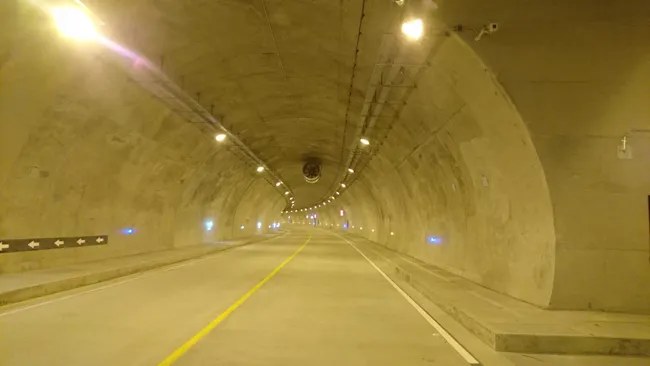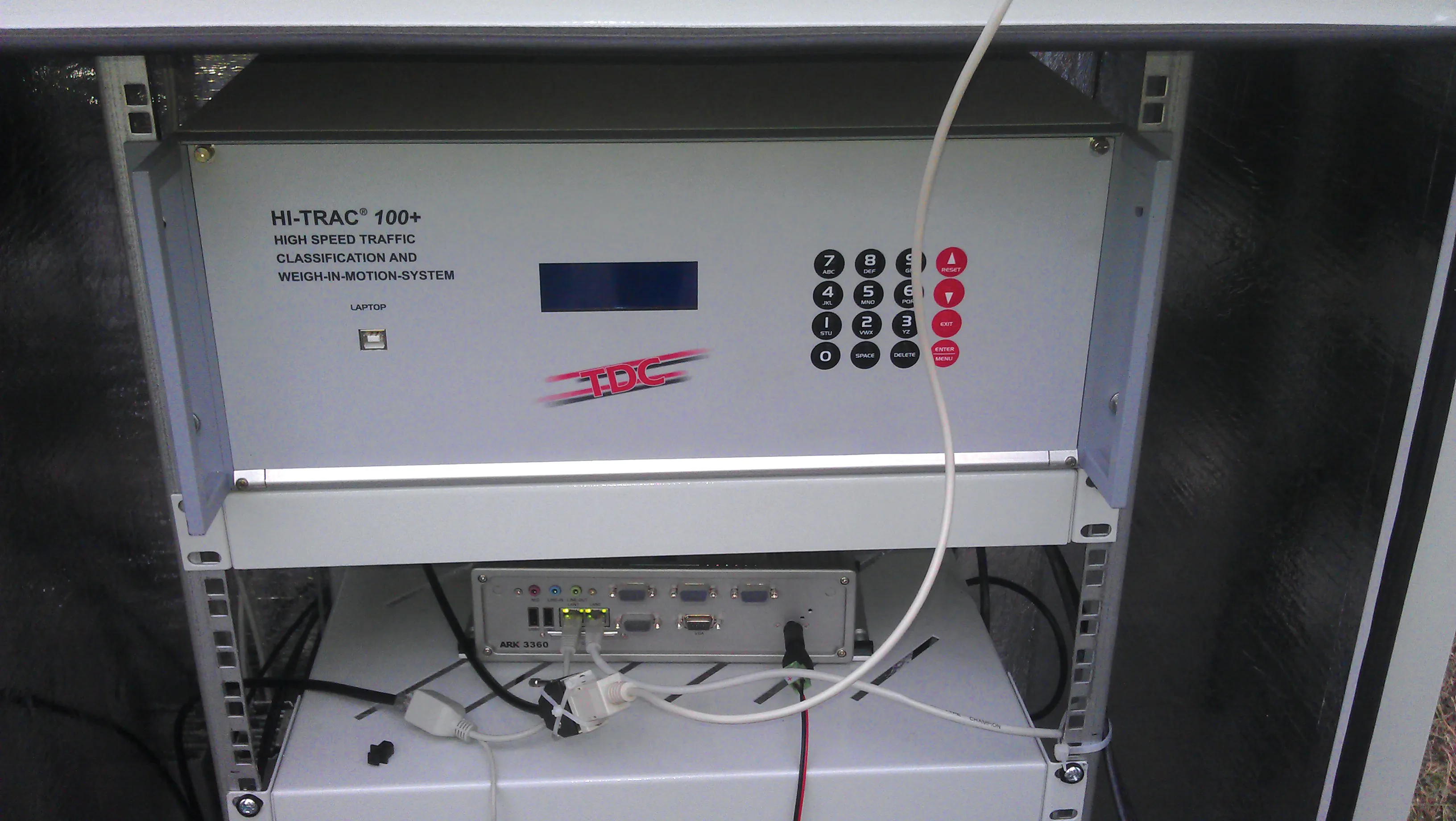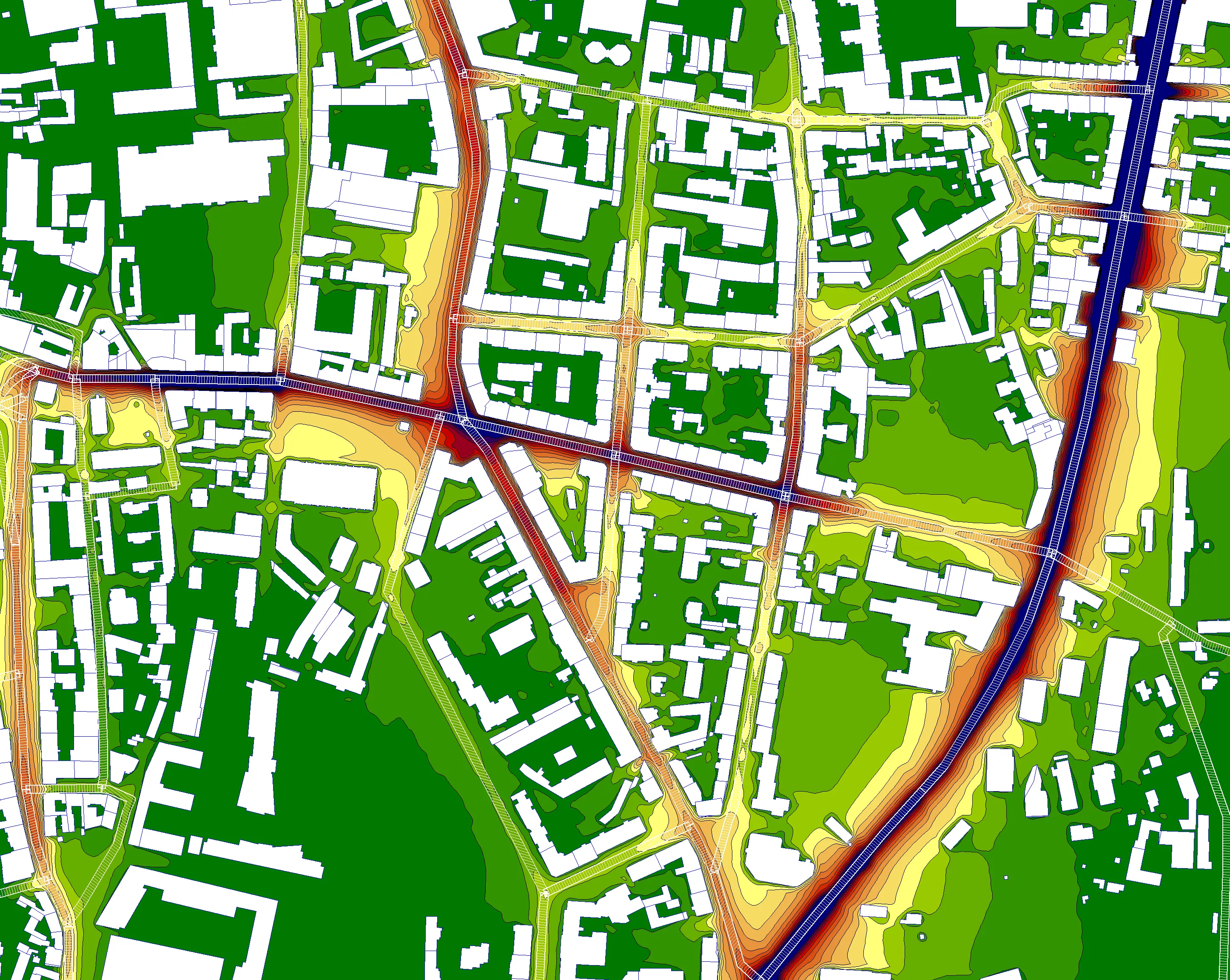
The new tunnels, between Cáqueza and Puente Quetame, are part of the Bogotá-Villavicencio highway, one of Colombia's busiest roads.
The Horus solution already controls the Renacer tunnel, which opened in 2016 and is the fourth longest in Latin America, and 10 other tunnels opened in 2015 between Puente Quetame and Naranjal.
Indra has been working with Coviandes - Concesionaria Vial de los Andes, a subsidiary of Corficolombiana and Grupo Aval. Indra is responsible for installing intelligent traffic, control and communication systems for 18 tunnels and 47 bridges carrying more than 10,000 vehicles a day on the Bogotá-Villavicencio highway.
Horus provides the operator with real-time information and an overview of everything what is happening in the tunnel, optimising decision-making in both every-day and emergency situations. Another of the advantages of Horus is that it can centrally manage several tunnels via a single interface – as it does with the highway's 15 tunnels.
Horus is equipped with an automatic incident detection system that integrates information from cameras and sensors installed along the entire section of the highway. It automatically alerts the control centre, also supplied by Indra, in the event of an incident or emergency situation.
Video surveillance, fire detection and meteorological equipment enable decisions to be made quickly and effectively. Air quality measurement systems and CO2 sensors are also in place to detect high levels of toxic gases in real time and automatically activate the ventilation systems to expel this pollution.
Variable message sign systems are also in place to provide drivers with real-time information about conditions on the highway such as safety distance between vehicles, speed limits and incidents.
Meanwhile, in the UK, roads agency Highways England has awarded Indra a contract to install the Horus system in all 13 tunnels it manages under a deal worth US$11.6 million.









